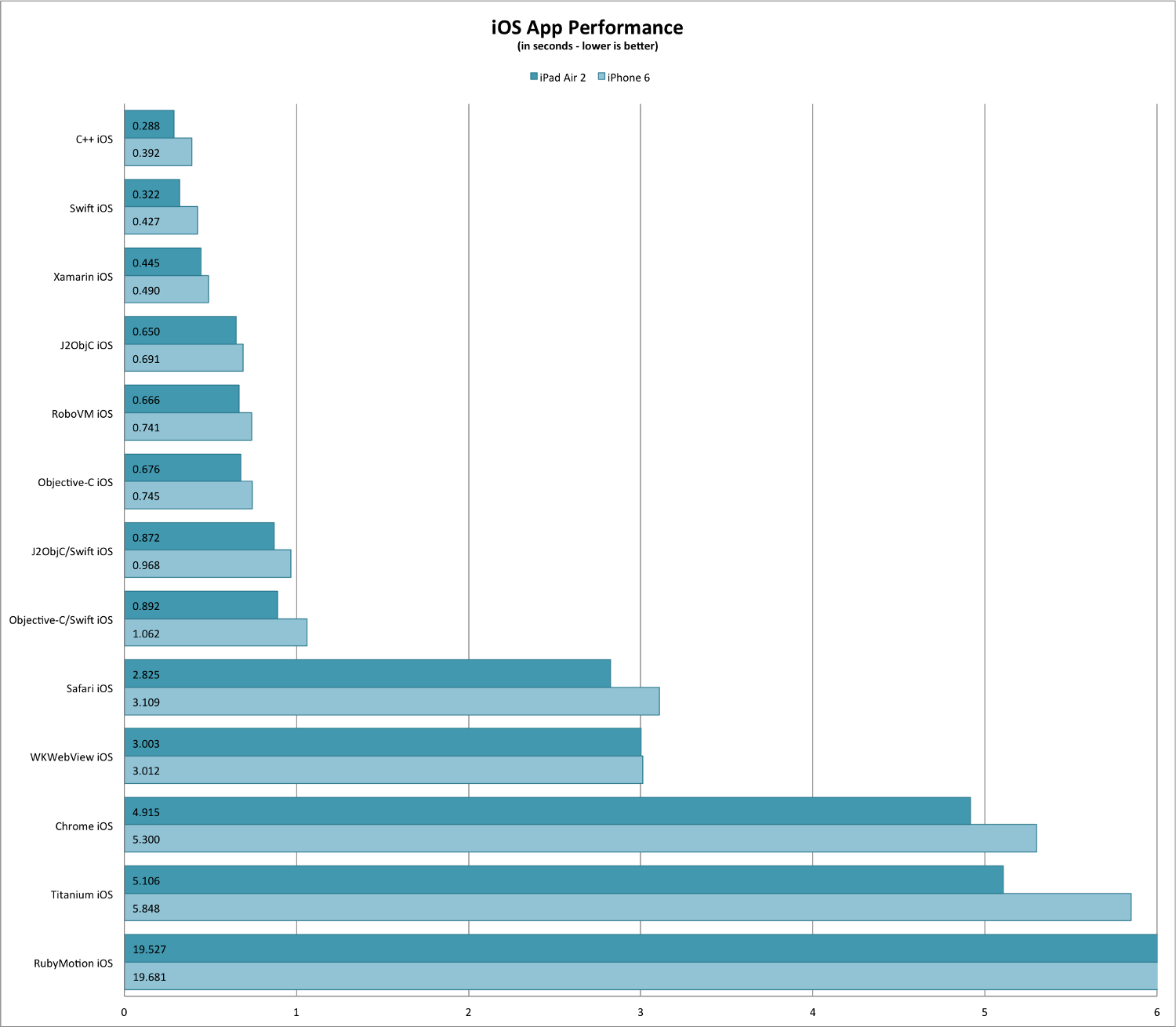This is why Microsoft's purchase of Xamarin is huge for the future of Windows 10
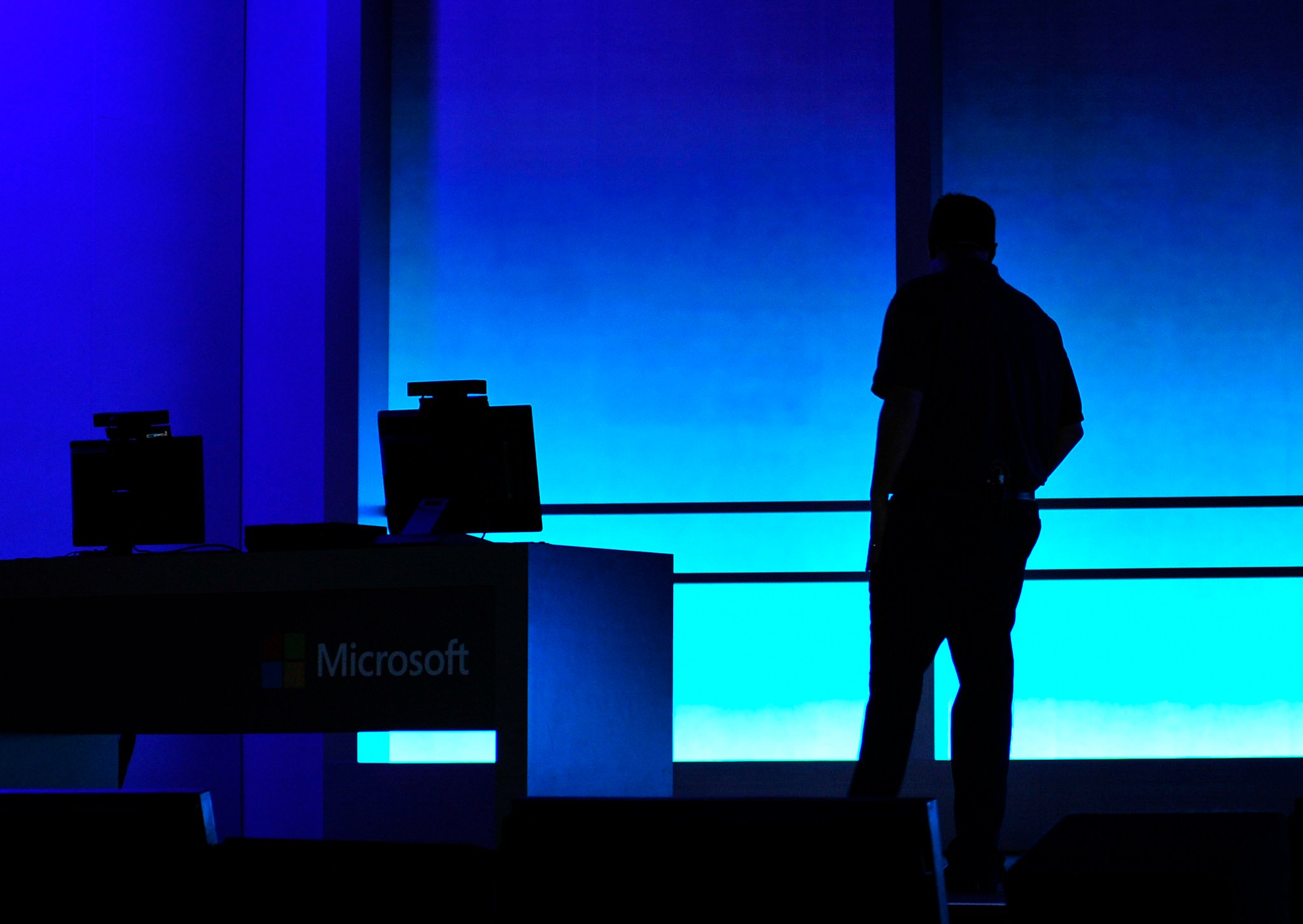
We all thought it was happening last year. At /BUILD one of the most pervasive predictions was that Microsoft would announce that it was acquiring Xamarin (rumors go back to 2014) the increasingly popular cross-platform toolset that allowed developers with a C# background to build for multiple platforms with a shared C# backend.
It didn't happen.
However, Microsoft did announce an increasing partnership with the Xamarin team, and began building integration into Visual Studio 2015 including support for an Android emulator within our IDE (integrated development environment - not interactive as a previous version of this article stated) of choice.
So, you may have seen developers going a little nuts with the news this week that Microsoft are acquiring Xamarin for $400M and be wondering why exactly that is, and what it means for the future of both companies. I'm going to do my best to explain what Xamarin is, what it is not, and what might happen now that Microsoft will own it.
Full disclosure: I am not Xamarin certified so this will be a distillation of knowledge picked up from dabbling with the products and the various presentations I've seen from Xamarin employees.
What is Xamarin?
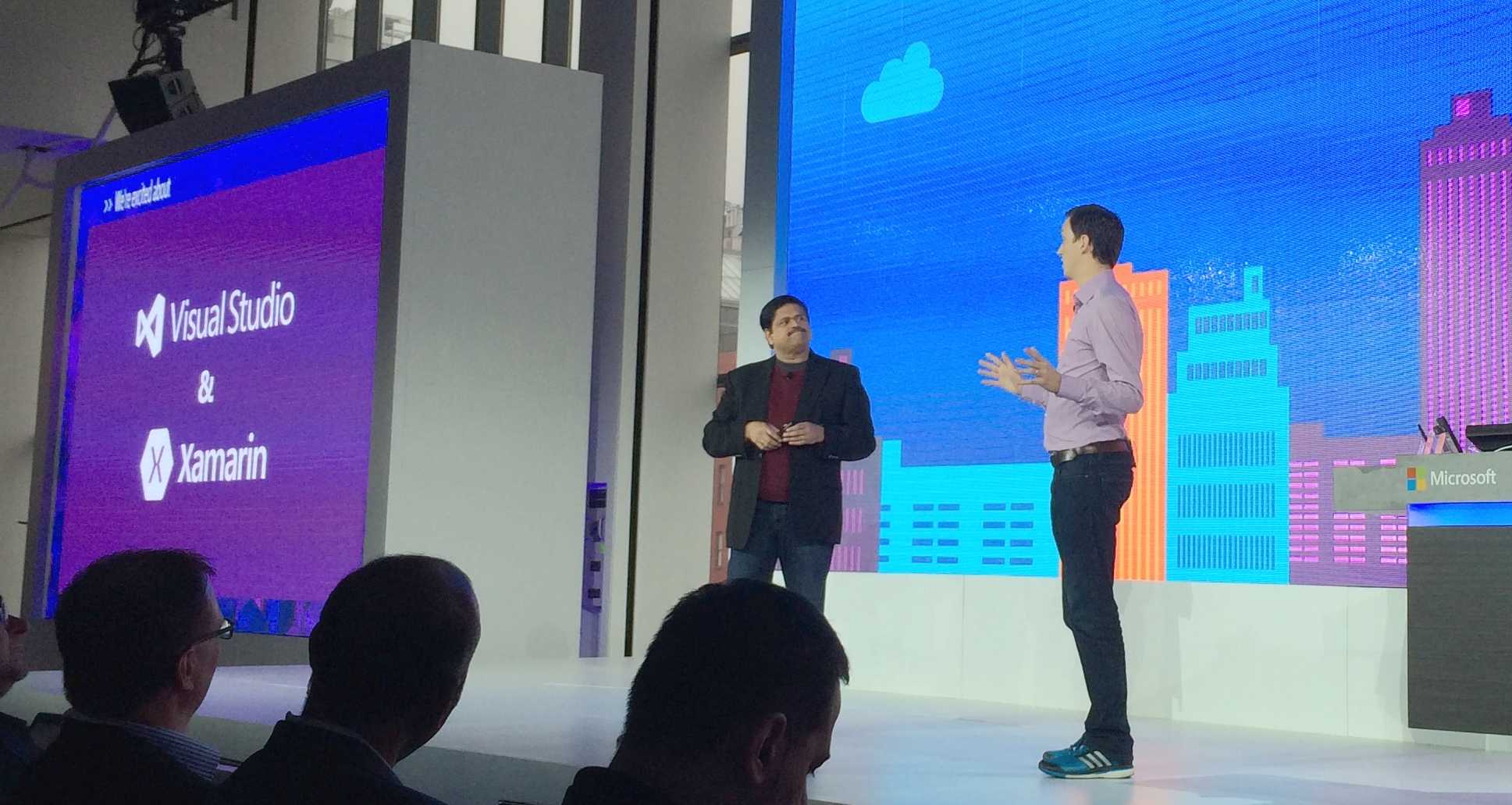
Xamarin is a company that builds tools for developers, and has two particular products that I'm going to call out specifically; Xamarin Platform, and Xamarin Test Cloud, both of which will no doubt have been appealing to Microsoft in the acquisition.
The Xamarin platform is what most of us are excited to see joining Microsoft, and there are a couple of important sub-products which you'll hear more about in the future I'm sure: the shared C# project, and Xamarin forms.
All the latest news, reviews, and guides for Windows and Xbox diehards.
For C# developers, the platform allows us to write all of our logic in that one language, allowing for much of it to be shared across solutions. We then write the specific front-end markup and/or code for each native screen (i.e. XAML for Windows). Of course there will always be a few specifics for each platform – you won't be pinning a live tile on Android for instance – but the majority of the code should be shareable.
Xamarin forms is an attempt to take away those platform specifics, by giving a universal UI language that will map to the relevant platform's controls depending on where it is running. In my experience, it has limitations and usually results in some fairly basic UIs being created. However, I'm given to understand that the newer versions have made great strides.
You may wonder what the benefit is to Xamarin compared to other cross-platform tools, of which there are several. Many of Xamarin's rivals use web technologies to deliver their solutions, which usually incur significant performance costs compared to coding in the platform's native language. Xamarin's code is compiled into native code for each platform using their tools rather than being interpreted – in simple terms it's substantially faster, matching or sometimes beating the usual languages. In fact, there is an excellent independent test performed by Harry Cheung (an ex-Googler) here which places Xamarin above Objective-C on iOS for performance (but below Swift) and above Java on Android.
Xamarin Test Cloud provides incredibly powerful service for developers on all platforms which allow for automated testing on almost every device imaginable from one deployment. Developers write test scripts which will be used to confirm the app is working as expected and these tests are then deployed and run on a myriad of devices. It's worth noting these are actual devices off in a Xamarin warehouse all working around the clock rather than virtualized tests. When you imagine the number of possible devices for iOS, Windows and especially Android: the value to developers is clear.
What isn't Xamarin?
In a word, cheap.
I expressed it in an image earlier on twitter, Xamarin is not an inexpensive proposition. Understandably so, as they have built a series of excellent products and have a team dedicated to ensuring they offer 100% coverage of all native APIs. That means the second an Android or iOS release goes live they have to make sure they are mapping/exposing the new platform capabilities to their C# writing customers.
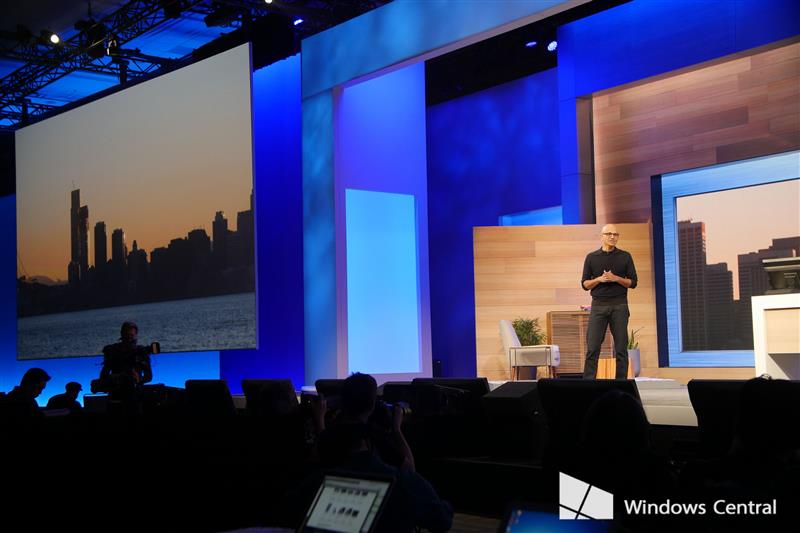
As a result, while enterprises (indeed the big Fortune 500 companies that use Xamarin) could easily justify the expense of Xamarin subscriptions, many smaller developers and certainly Indies were looking at a significant yearly cost that was charged per platform, per developer. That means a small team of 4 developers working on Android and iOS would pay the prices here 8 times once a year – a little under $8000. An Indie would be looking at around $600 per year for both platforms but crucially wouldn't get the fantastic Visual Studio integration, which would cost £2000 per year.
Xamarin is also not (as other publications may have you believe) a tool to port apps. You won't be taking existing iOS and Android apps and efficiently running them on the other platforms. The closest thing to porting that Xamarin could achieve would be making existing Windows apps and keeping some of that code on new iOS and Android apps – however, the code would have to be very carefully structured or already built with that port in mind. With that said of course, now that Microsoft has bought the platform, who knows if the path from UWP to iOS & Android could become that much easier…
What will Microsoft do with this acquisition?
Here is the interesting question. I believe that this purchase is Microsoft buying another chair at the mobile development table.
Windows Mobile development has mostly stalled as Microsoft lost the momentum it had built last year. And while UWP has shown some encouraging signs of growth it's most appealing to the enterprise developer rather than consumer-focused teams given the market share situation combined with the fragmented development platform (does a new consumer app target WP8? WP8.1? UWP?).
Xamarin though is an excellent cross-platform proposition for developing native quality, native performing apps, on Microsoft technologies.
Microsoft services, on any and every platform, does that strategy sound familiar? (See our earlier report 'Windows apps on iOS and Android - The future of Windows 10 may be virtualization')
What we may, in fact, be looking at is Microsoft's first step in a true Universal App Platform, not just a Universal Windows Platform. It's not completely crazy thinking to consider a further expansion of Xamarin forms that could reasonably lead to a single, Microsoft-powered system that targets every device available on the shelf.
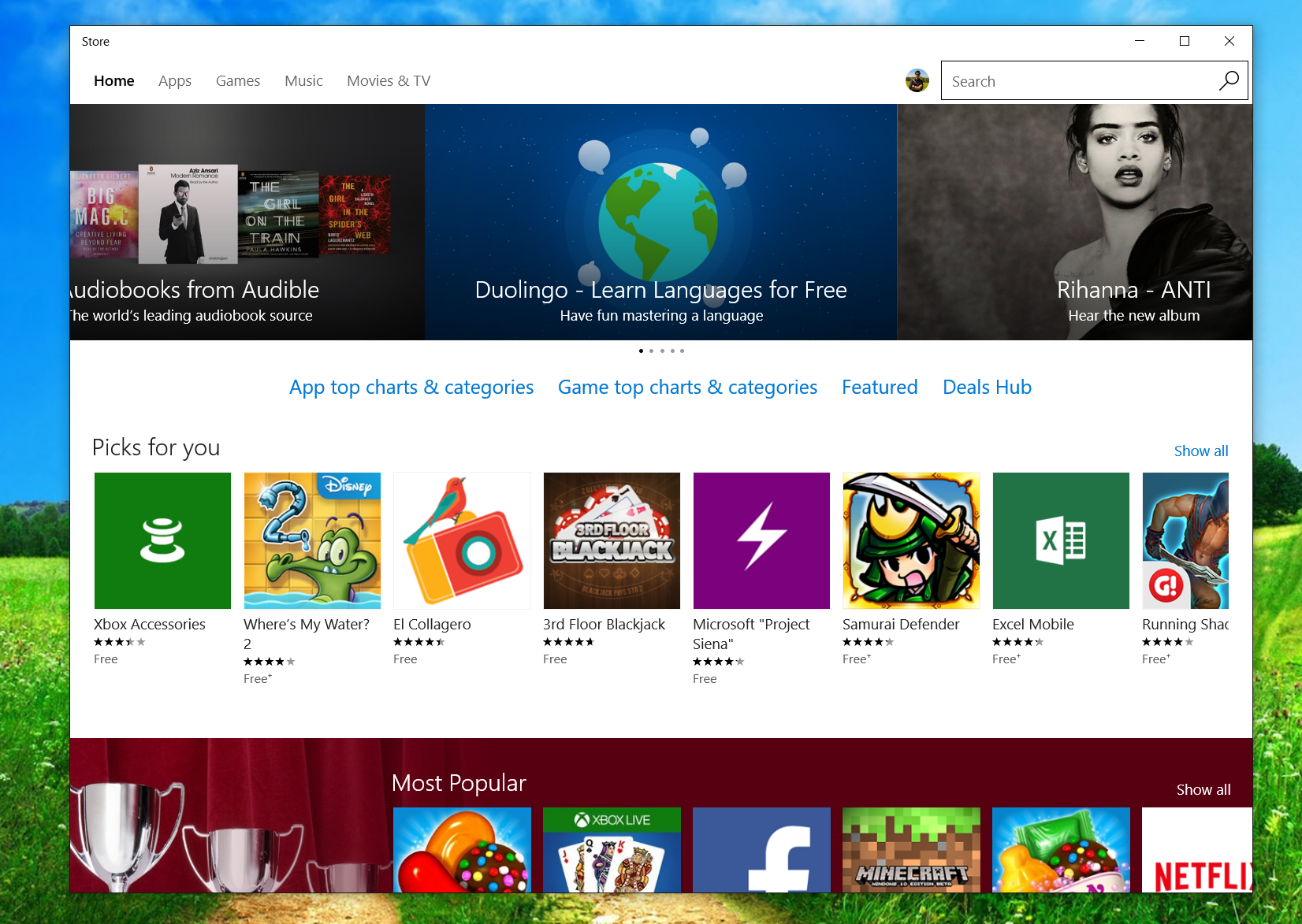
I'm sure the test cloud will have also appealed to Microsoft, and there are a large number of Fortune 500 companies already making extensive use of it – if not the full Xamarin platform offering.
What remains to be seen is exactly how this acquisition affects the subscriptions and pricing. Xamarin has maintained an accomplished and sizable sales team up to this point, and they have built a viable business on top of the excellent platform in a very short space of time. Will Microsoft be keen to maintain that revenue? Or is it better to bring these tools to the countless developers who use Microsoft's technologies every day, and bring about a new deployment reach for those already on MSDN subscriptions?
I sincerely hope to see the technology opened up to more developers, with more available Indie plans and the commercial subscriptions folded into MSDN. You'll have a lot of happy Microsoft developers if that does indeed come to pass

Jay is a Former Contributor for Windows Central.
